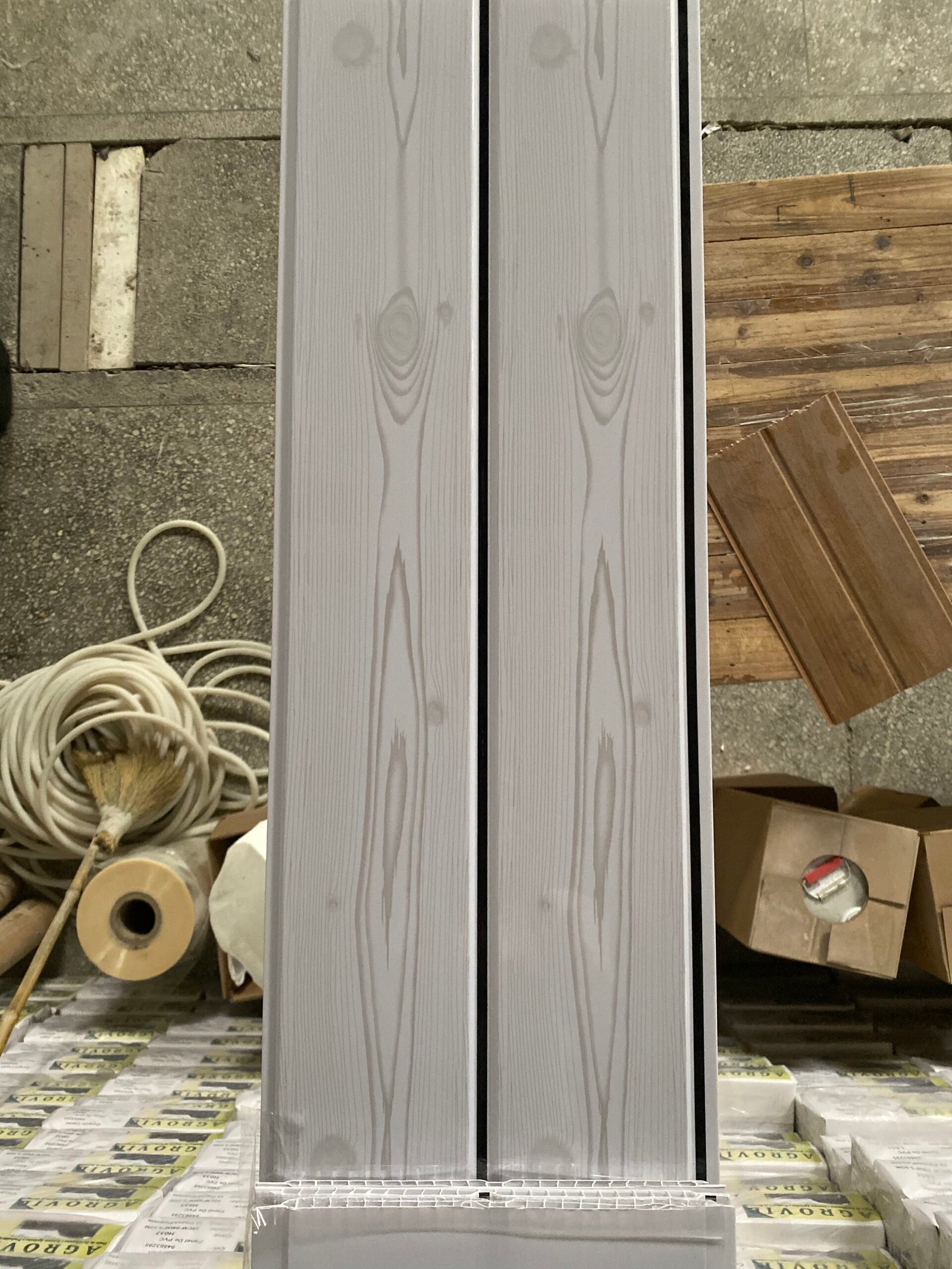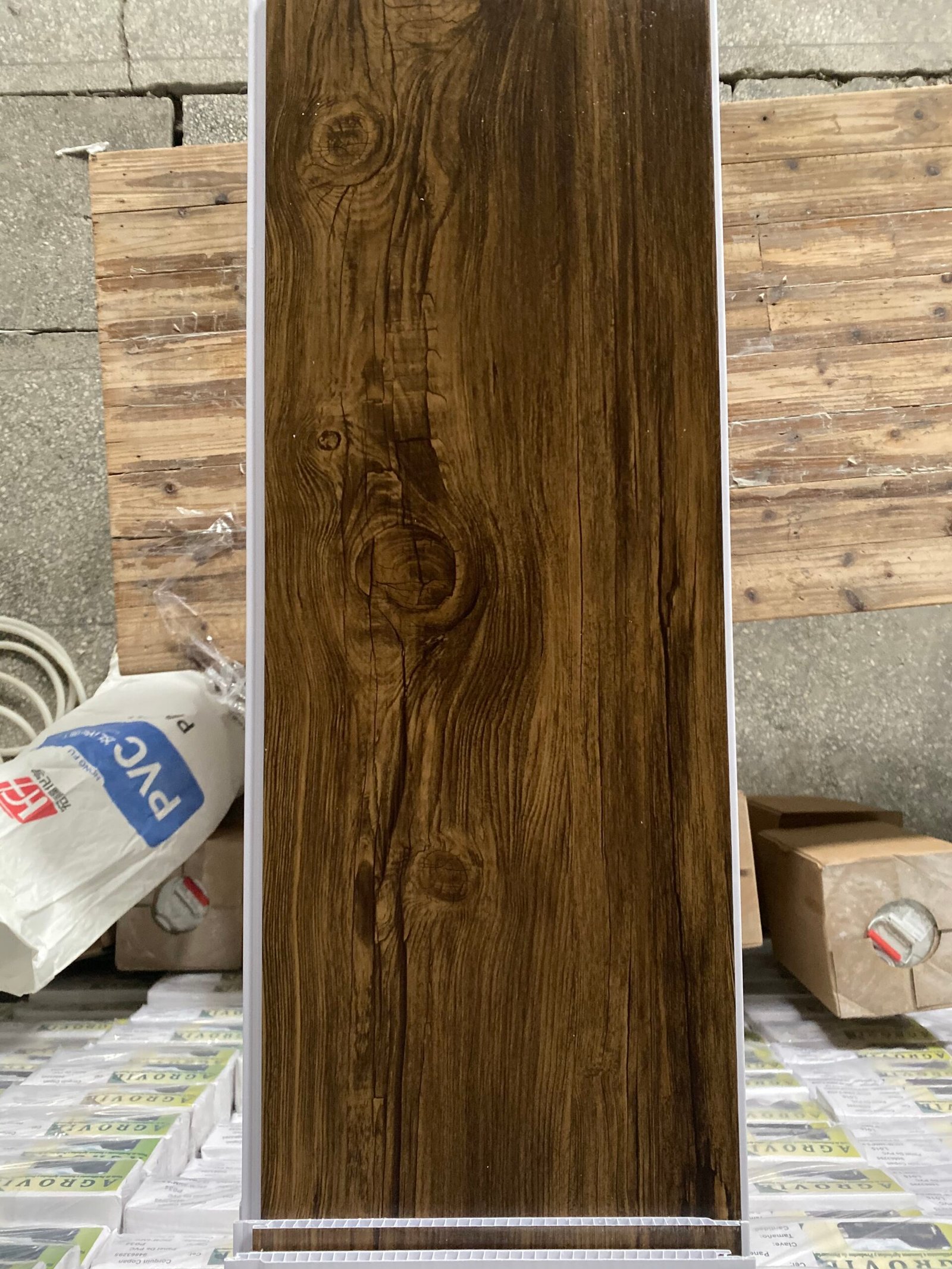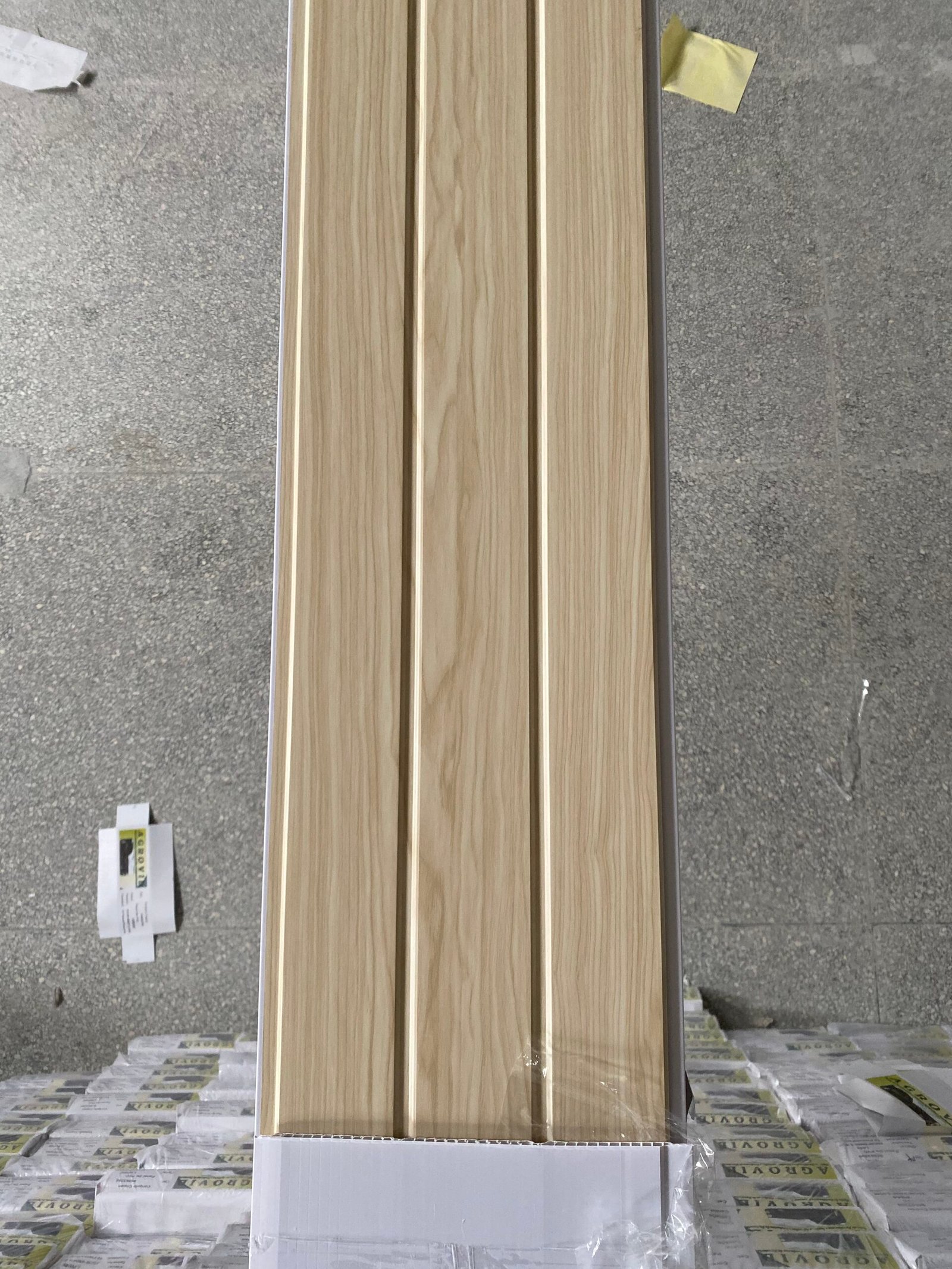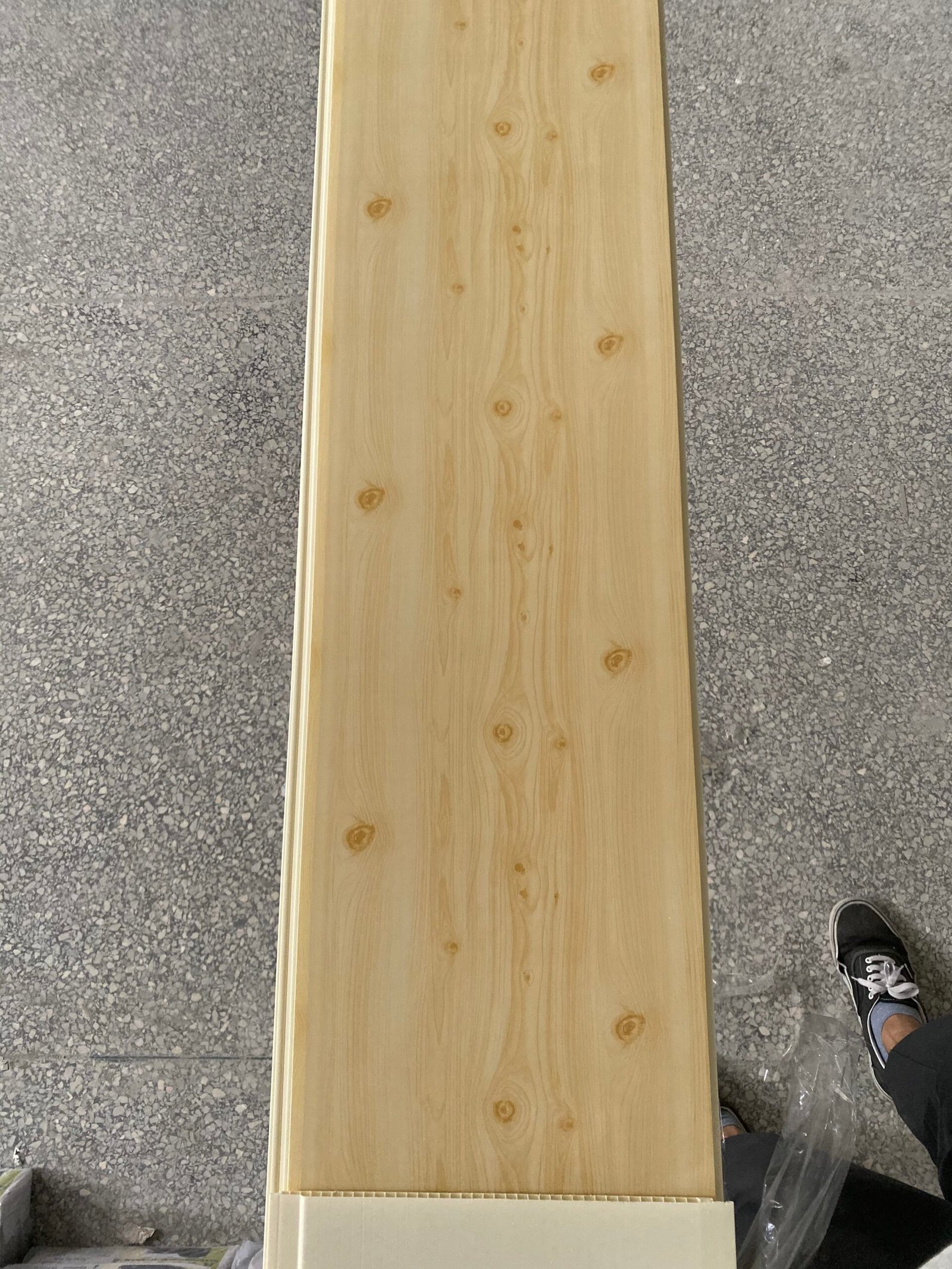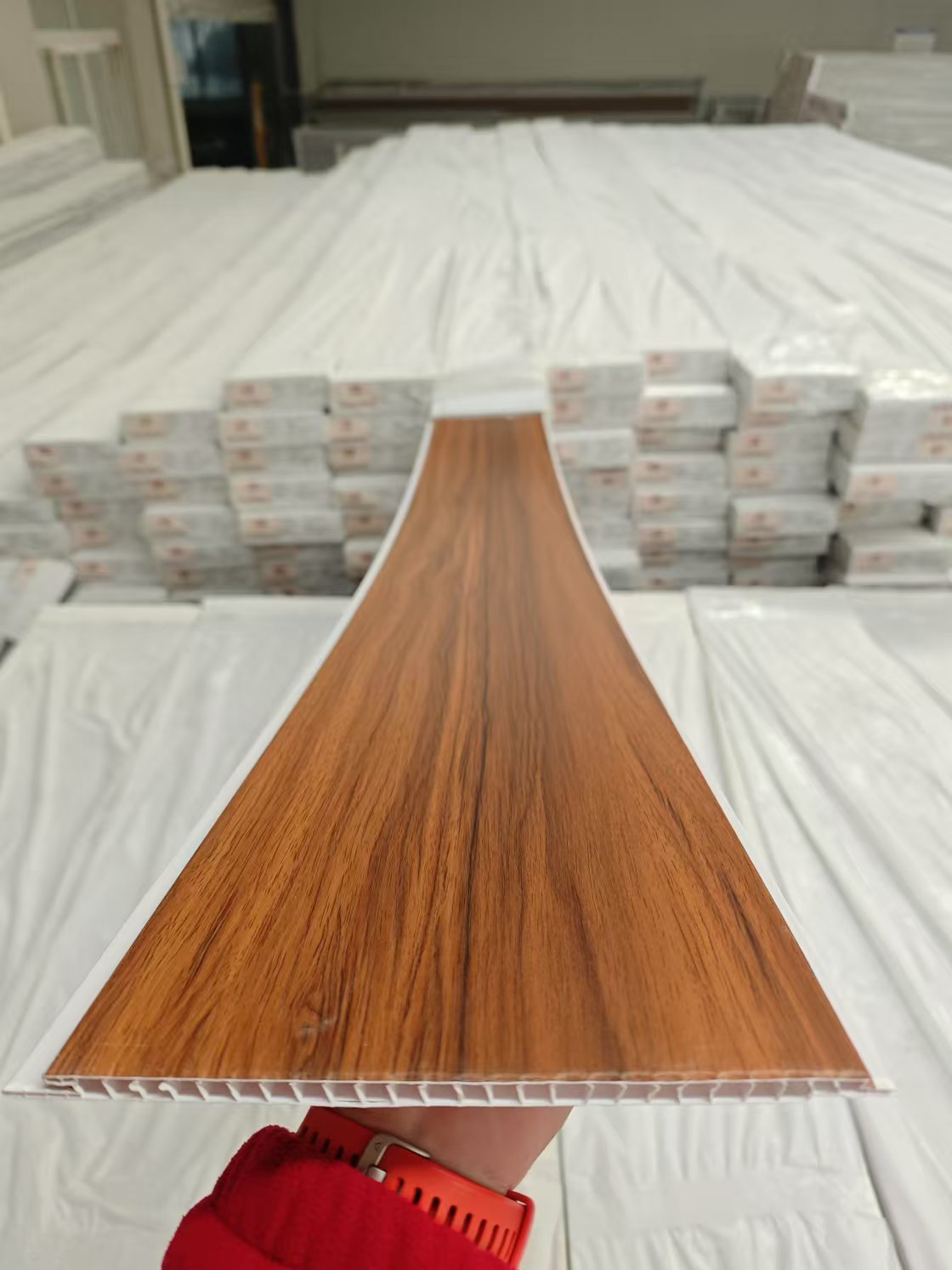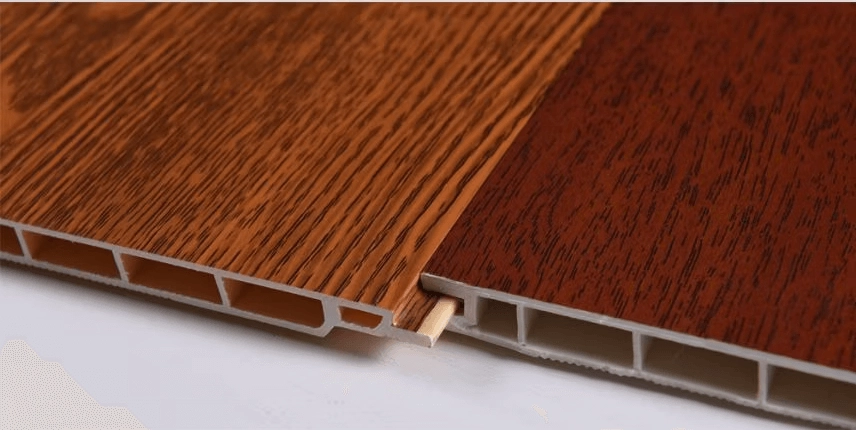PVC Ceiling and Wall Panels
PVC Ceiling Panel
WPC Fluted Panel
UV Panel
WPC Wood Veneer
Outdoor WPC Panel
PS Wall Panel
SPC flooring
Can you use PVC ceiling panels on walls?
Absolutely. Although originally designed for overhead use, ceiling cladding made from polymer materials can be successfully applied to walls. This dual-purpose flexibility makes them a favorite among renovators and contractors who want consistency in finish and material. Especially in spaces like bathrooms or kitchens, applying them to both surfaces ensures a uniform appearance and saves time during the installation process.
Another reason for their cross-use is the structural similarity between wall-mounted and ceiling panels. They typically come with interlocking edges and similar thickness, allowing for seamless vertical or horizontal setup. The moisture resistance and durability make them suitable for both private homes and public spaces such as restaurants, clinics, and offices.
Whether it’s for covering imperfections or upgrading outdated interiors, these panels offer an efficient and clean finish. While not all variants are recommended for wall use, most lightweight cladding types are fully compatible with vertical surfaces, provided proper adhesives and surface preparation are used.
What is the code for a PVC panel?
In international trade, however, the most widely recognized classification is the Harmonized System (HS) Code. For PVC ceiling and wall panels, the applicable HS code is 3925.10.0000. This falls under Chapter 39 for plastic articles used in construction. Using the correct HS code ensures smooth customs clearance and proper tariff handling when shipping globally—whether to Europe, the Middle East, or North America.
There’s no universal coding system for PVC panels, but most manufacturers use internal codes based on size, texture, and color. For example, “P-WG250x2900-BK” might indicate a woodgrain PVC wall panel that is 250mm wide and 2.9m long in black. These codes help streamline product catalogs and reduce confusion when ordering multiple variants.
Some codes may also include fire resistance ratings or UV stability indicators. For importers managing a wide product portfolio, requesting full technical sheets and standardized codes helps with quality control, branding, and compliance across regions.
What is the cost of installing PVC ceiling?
Installation costs for synthetic ceiling systems vary depending on the project scope, region, and whether you choose professional help or DIY. On average, total expenses range from $5 to $15 per square foot, which includes both material and labor. DIY-friendly designs, such as click-in panels, can significantly lower the labor component of that cost.
In terms of materials alone, panels made from lightweight plastic compounds are usually economical, especially when compared to alternatives like wood or ceramic. Their light structure makes them easy to handle, while their water-resistant properties eliminate the need for frequent maintenance. For this reason, many homeowners and commercial builders see them as a cost-effective long-term solution.
Other potential savings come from their insulation and ease of cleaning. Unlike painted drywall or wooden planks, these materials don’t require repainting or sanding. Over several years, the reduced upkeep translates into better ROI for both residential and commercial installations.

